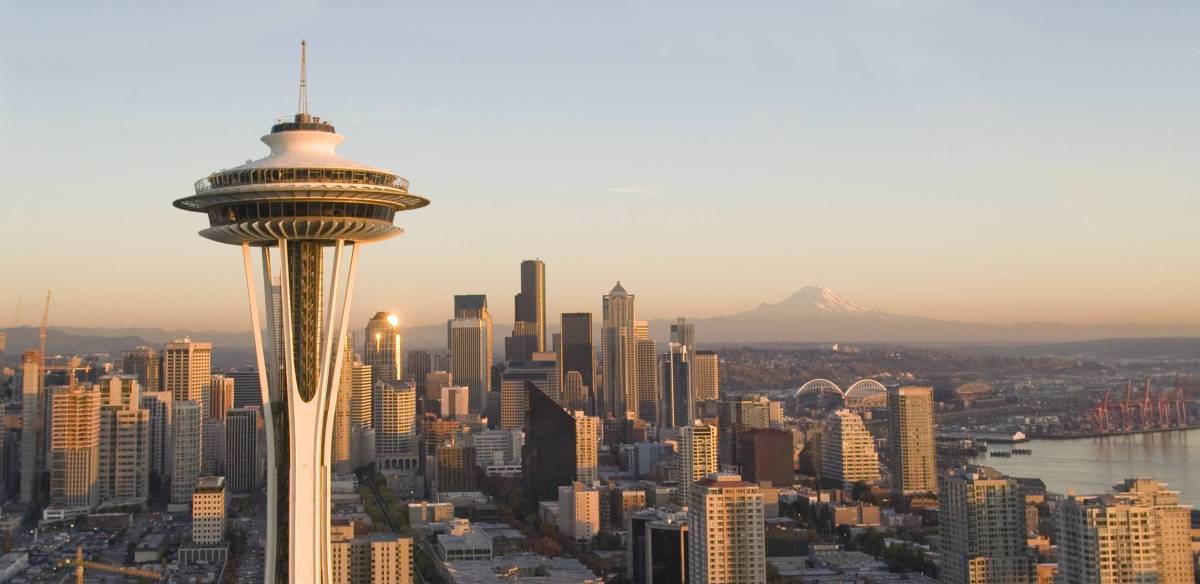Seattle steps closer to bridging digital divide, but challenges persist, study finds

In the last five years, Seattle has made strides to shrink the digital divide, though disparities still persist, according to a study released Monday.
The Technology Access and Adoption Study, the sixth such study the city government has conducted, found that internet access in Seattle increased from 95% to 98% over the last five years. But it also found that some residents are more likely to lack reliable access to the internet at home, including non-native English speakers, most ethnic minority groups and those living beneath the poverty line.
“The city’s Technology Access and Adoption Report is a driving force for how we plan our partnerships and programming to support digital equity for our communities,” Seattle Interim Chief Technology Officer Jim Loter said in a press release. “By partnering with key community groups to have a wider reach for the survey this year, I’m confident we can have a deeper impact in the work the city does to help our residents meet their digital needs.”
The study has been conducted every five years since 2000 and is meant to provide city officials with insights into residents’ habits and needs in terms of internet access, devices and digital skills. The most recent study surveyed more than 4,600 residents in eight different languages and represented the perspectives of 40 focus groups.
New this year, the study collected information on residents’ telehealth use, internet interruptions, screen size, devices per household and awareness of the Affordable Connectivity Program, the Federal Communications Commissions’ broadband discount program.
The report also for the first time zeroed in on Native American residents, finding that Native American households in Seattle are two-and-a-half times more likely to not have internet access at home. One in six Native American households dealt with internet outages that lasted a month or more.
“Improving digital access, literacy and equity is essential to our city’s future and is a cause I have championed for years,” Seattle Mayor Bruce Harrell said in the release. “I look forward to working with our community as we dig through this valuable data to develop further programs and partnerships that lead us to 100% connectivity for Seattle residents.”
The report found that 89% of Seattle households with an internet connection report having adequate internet connection and speed, which is up eight percentage points from the 2018 study. However, one in four households reported having slow internet speeds at least once a week. It is believed that more than 8,000 households cannot access the internet.
The cost of service can also be a barrier in terms of accessing the internet. Most Seattle residents are paying $100 a month or more for service, and two out of five are paying closer to $150 a month, the study found. More than half of the residents who would qualify for the federal Affordable Connectivity Program, meanwhile, were unaware it existed.
Funding for the FCC’s discount program is expected to expire in April. Last month, members of Congress introduced bipartisan legislation that would add a $7 billion extension to the program. More than 22.5 million households have used the program’s $30 monthly discount for internet service since it was created in late 2021.






